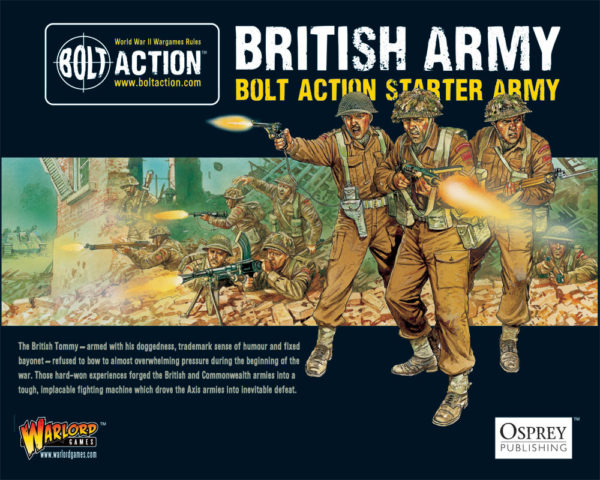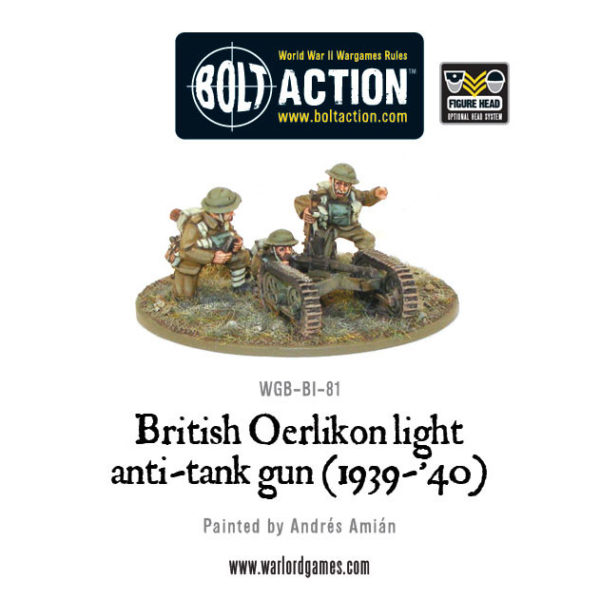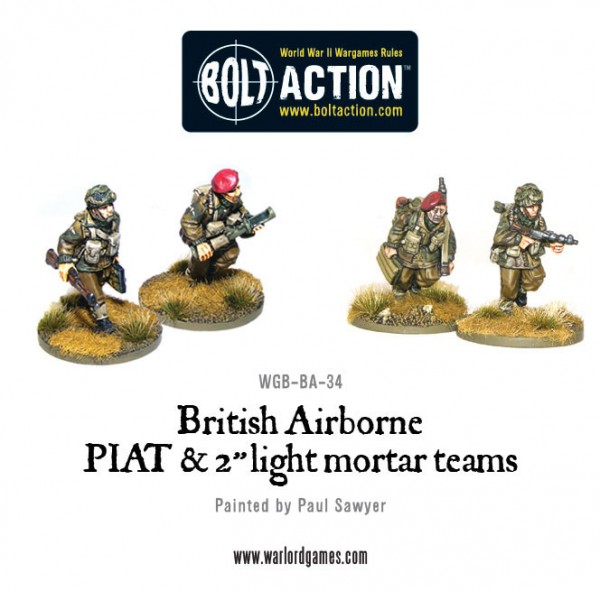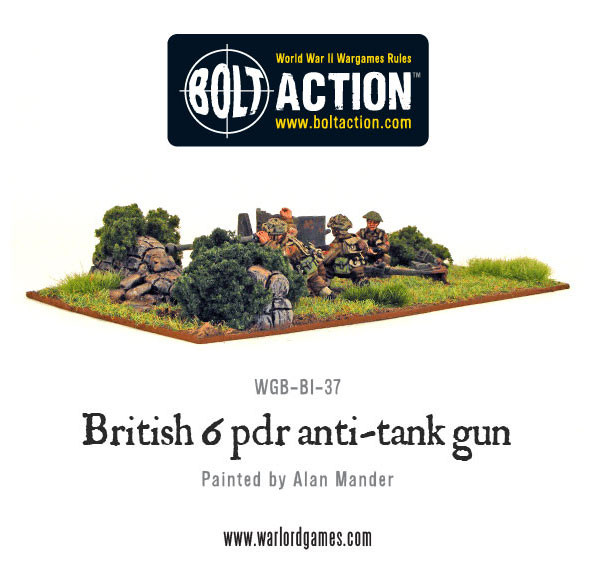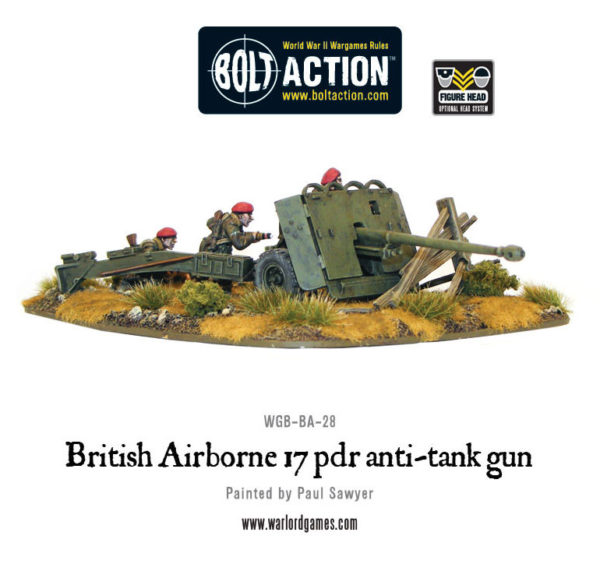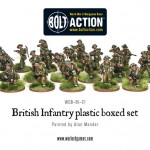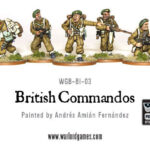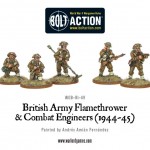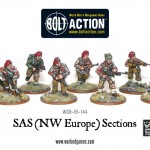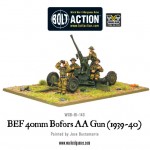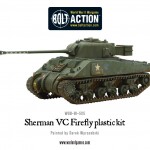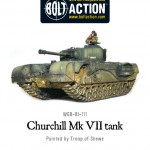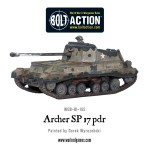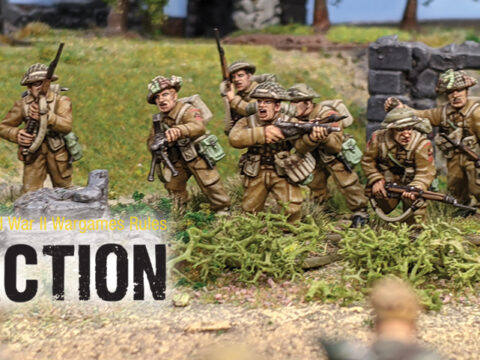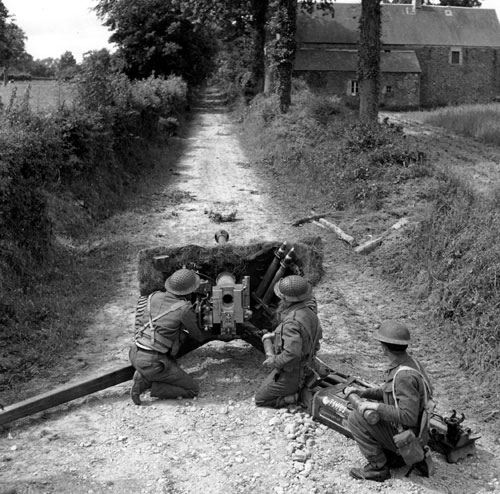
As German engineering churned-out ever more advanced war machines – bigger tanks with more powerful guns and thicker sloped armour – the British facing the big cats needed to continuously develop weapons to counter them.
From the sands of the Desert campaign to the hedgerows of Normandy, British forces were accompanied to battle by a wide range of anti-tank weaponry – from spring-loaded handheld contraptions to huge towed cannons – their skilled crews sat in wait for the target to reveal its weak spot before pulling the trigger, and hammering another nail into the coffin of the Third Reich.
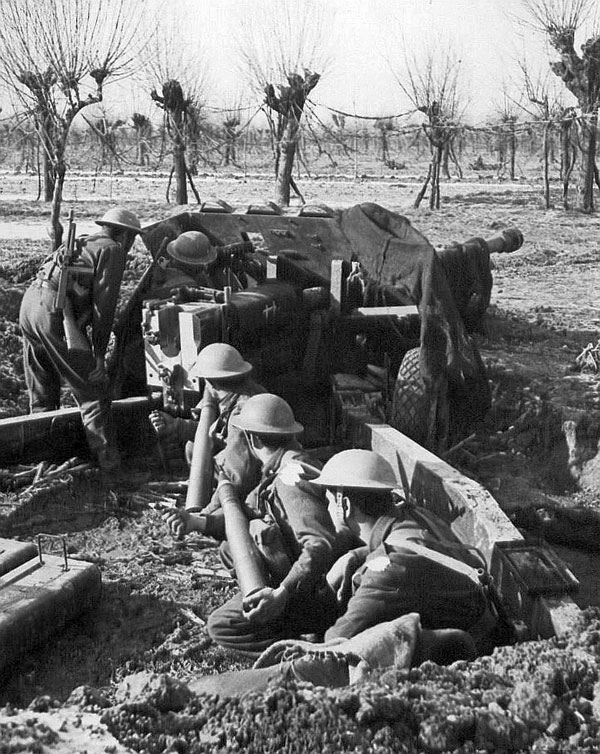
Britain stood defiant against the German menace. Despite being a small island, it stood up to the bullying Axis powers, eventually fighting them back and helping to liberate its allies. Brave soldiers took to the battlefields, taking with them the means to defeat their foe. Britain’s anti-tank weapons were wide in range and effectiveness, but almost all were valued by the infantrymen of the crown.
Oerlikon
The Oerlikon was one of the more unusual designs found amongst the British armed forces. Used in the early days of the war, it was a strange contraption, comprised of a light 20mm anti-tank gun with World War One origins, mounted on a set of small thin tracks. This resulted in an odd-looking weapon with limited penetrating capability: it was phased out in most places before the Second World War had even begun. However, it was still used by the British Expeditionary Forces until 1940, some Home Guard units were equipped with them, and it was used as a range-trainer weapon throughout the war.
The gun did have plus-points: it was light, and could be towed alongside a trailer and crew by Universal Carrier or Lloyd Carrier. With a pair of tracks, its traction on muddy ground was better than wheeled guns. So despite its shortcomings, British soldiers were still happy to have it over nothing at all.
PIAT
The PIAT (which stands for Projector, Infantry, Anti-Tank), was simple yet effective support weapon. It was based on the design of the ‘spigot mortar’ and used an unconventional spring-loaded mechanism to fire a shaped charge at anything that needed blowing up. First used in 1943, it had an effective range of about 110 metres, but could also be used as a makeshift mortar, with a range of over 300 metres. Whilst on paper it was crude-looking and amateurish in principle, with good aim and a bit of luck the PIAT was capable of taking on big tanks such as the Panther.
The unusual spring-loaded mechanism had its advantages over similar, conventionally fired weapons. The PIAT produced no muzzle smoke when fired, thus keeping the user hidden and safe in confined spaces. However, the weapon could be very difficult for certain people to use (i.e. short or sleight people, who didn’t have the reach or muscle necessary to arm the weapon). It was also difficult to reload lying down. Nevertheless, the PIAT was a valued compact anti-tank device that saw use many years after the war against Axis forces.
6-pounder
The 6-pounder (shortened to 6-pdr), was the mainstay of British anti-tank weaponry during the middling years of World War Two. Replacing the smaller 2-pounder, the 6-pdr fired 57mm shells capable of damaging most enemy armour. That is, until monsters like the Tiger came to play. Despite this, the weapon was considered a success, with the Americans asking to build their own version, the M1, based upon this British anti-tank staple. The gun was favoured by troops and commanders alike, and saw use for two decades after the war ended.
17-pounder
Being the next gun up from the 6pdr, the 17pdr was bigger and did much more damage. The gun, which was developed to the fight bigger tanks faced during combat in North Africa, was capable of penetrating 200mm of armour at short ranges, and was the alllies’ most formidable gun. The 3 inch calibre gun was often towed onto the field by a Quad-Tractor or an M3 half-track, as it was far too heavy for its crew to pull it along. It was also mounted on some of the Allies’ best tank-hunters, most notably the Sherman Firefly and the Achilles self-propelled gun. There were even attempts to attach the weapon to the Churchill (project “Black Prince”). The gun was proof that bigger could be better.
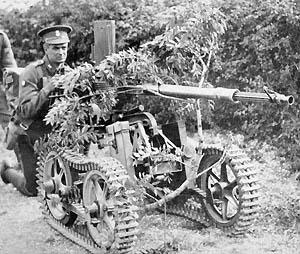
Britain’s anti-tank attempts were sometimes crude, out-dated or just plain whacky, but it can be said that all these guns, and many more, earned a place in history as important weapons during the Second World War, both in effectiveness and influence. Without them, the allied forces would have struggled against the rapidly improving amour of the Axis forces.
Article written by Matthew Davies
Fight for queen and country!
